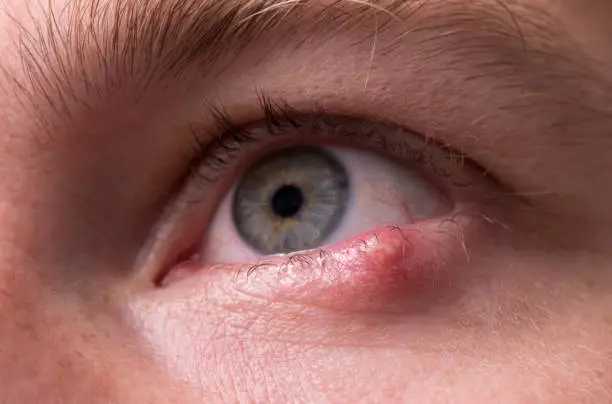What do you dream about Dystrophic?

Dreaming can often be a reflection of our innermost thoughts and fears, and when we speak of dystrophic dreams, we're often delving into themes of decay, decline, and darker aspects of our psyche. Sometimes such dreams may manifest as vivid landscapes filled with abandoned buildings, fraying limbs, and a sense of foreboding that permeates the atmosphere. To decipher the significance of these types of dreams, we can consult various dream interpretation frameworks.
Miller's Dream Book suggests that dreaming about dystrophic elements can indicate a sense of vulnerability or emotional instability. Miller posits that such dreams are often a manifestation of our fears of failure or loss. They might signal that you are experiencing some form of decline in your waking life—perhaps in your career, relationships, or overall mental health. If the dream depicts withered plants or crumbling environments, it could signify your fear of lost opportunities or the necessity of revitalizing parts of your life that you feel have languished or withered away.
On the other hand, Vanga interprets dystrophic dreams through a lens of impending change and transformation. Vanga believed that dreams could be prophetic, reflecting what one might face in their future. A dream filled with dystrophic imagery might suggest that you're on the verge of a significant transformation, albeit one that may feel uncomfortable or chaotic. Vanga often advised that such dreams should be seen as warnings but also as opportunities for growth. Societal decline or personal hardship in the dream can symbolize a need to prepare for challenges ahead, encouraging you to brace yourself for confrontation with your fears and insecurities.
According to Freud, dreams are a window into our collective subconscious and represent repressed thoughts and desires. In the context of a dystrophic dream, Freud would likely argue that the decaying landscapes and distressed images represent an inner turmoil or unresolved conflicts. Perhaps there are aspects of your waking life that you are trying to suppress—issues that haunt you or situations that cause you anxiety. Freud's interpretation would lean towards understanding how these dystrophic images reflect deep-seated fears of abandonment, loneliness, or existential dread. Instead of running away from such dreams, he would advise you to confront and understand the emotions and anxieties they reveal.
For those rooted in Islamic dream interpretation, dreaming of dystrophic elements can carry distinct meanings. Muslim Dreamers suggest that such dreams may reflect the state of one's heart and intentions. They could signify spiritual decline, suggesting that one may need to reevaluate their connection to faith and purpose. A crumbling building could represent a weakening sense of self, while a decayed landscape may remind the dreamer of the fleeting nature of life and the importance of turning towards righteousness. In this context, dystrophic dreams can serve as important reminders to strengthen one’s faith, seek renewal, and pursue spiritual cleansing.
Regardless of the framework used for interpretation, common threads run through the definitions of dystrophic dreams. They often highlight a sense of decay or inevitable decrease—suggesting that something in your life requires attention, reflection, or action. As you analyze these dreams, consider the aspects of your life that may be feeling neglected or eroded. Are there relationships that no longer serve you? Jobs or projects that feel stagnant? Reflecting on such dystrophic imagery in your dreams invites an important opportunity for introspection in your waking life.
Your dreams challenge you to address these feelings, calling for growth and revival. Whether interpreted as a warning, a reflection of unresolved feelings, or an insight into spiritual well-being, dystrophic dreams can serve as a powerful catalyst for change. Embrace this journey of self-discovery where dreams illuminate the pathways leading from desolation to rejuvenation, and allow yourself to explore the deeper meanings behind the decay in your subconscious.
As you reflect on these dreams, consider keeping a dream journal to document your experiences, feelings, and insights. Pay attention to recurring themes or images, as these may offer further guidance. Collectively, the wisdom gained from understanding your dystrophic dreams can provide an avenue towards healing, leading you toward a more fulfilling existence.





